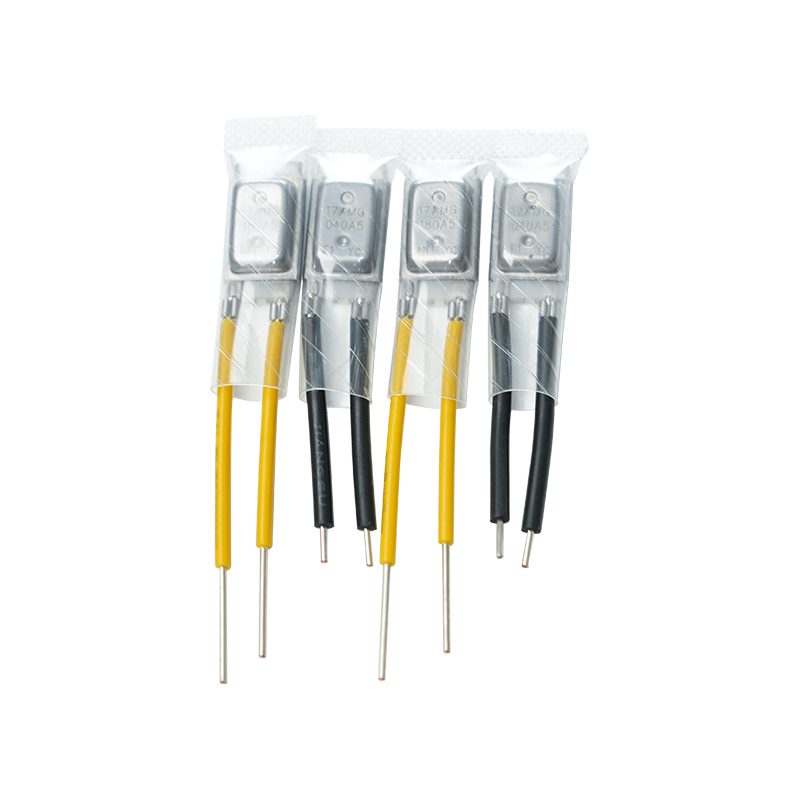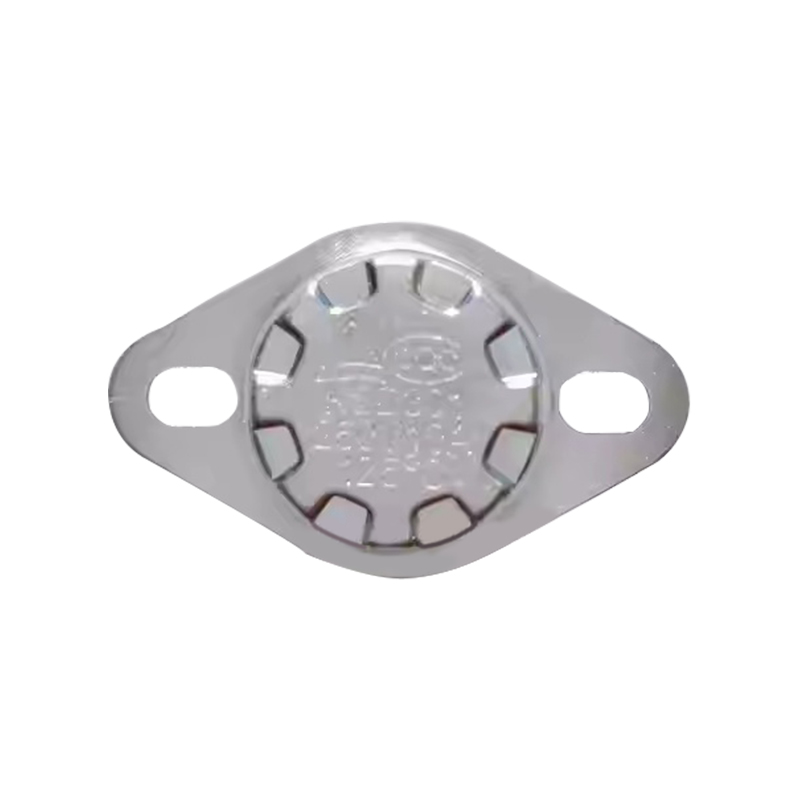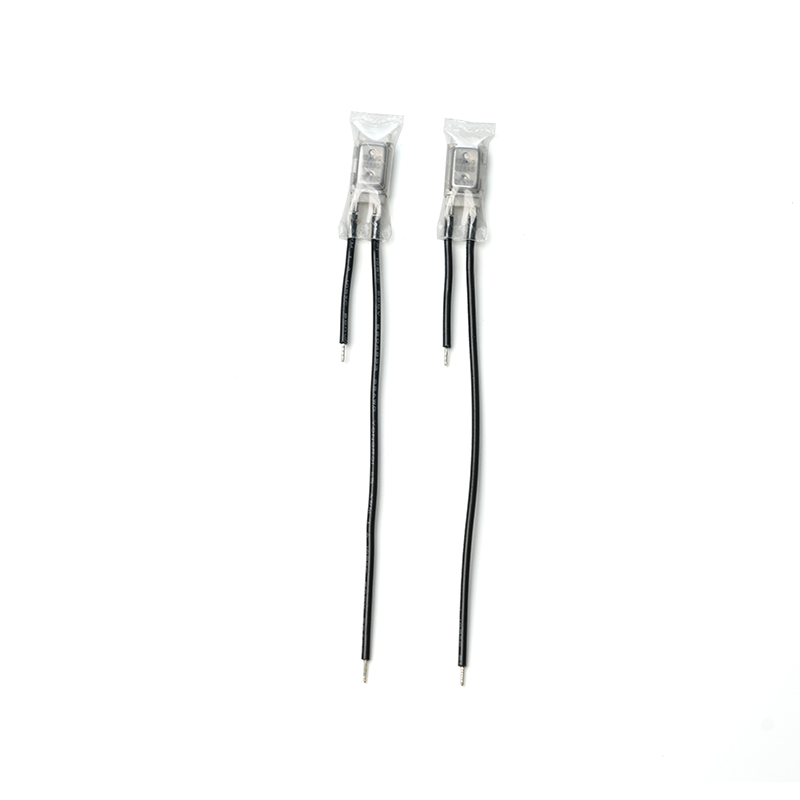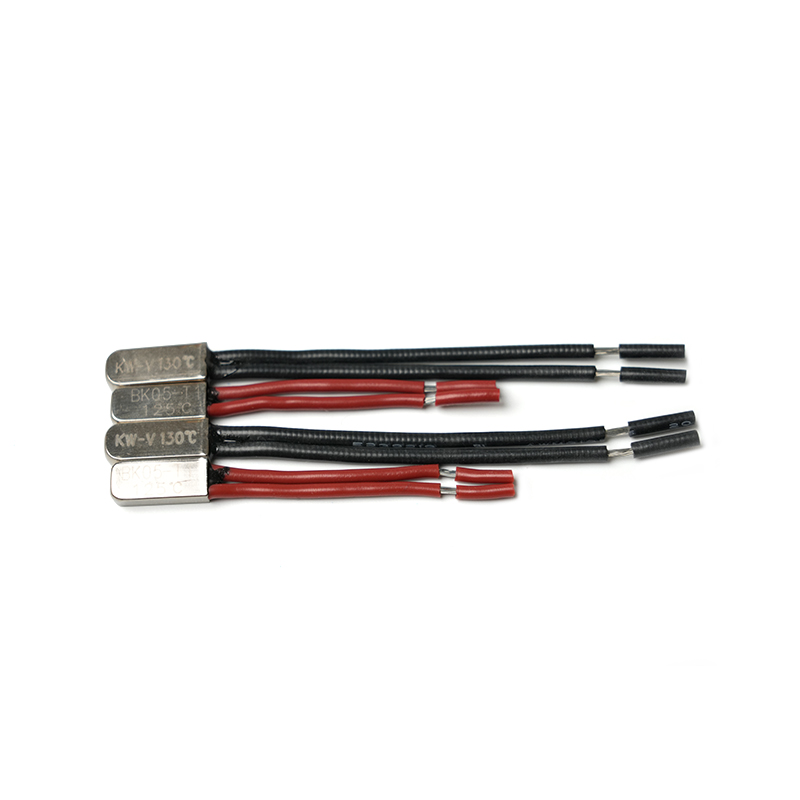What Are Some Common Causes of Motor Overheating That Motor Thermal Protectors Can Help Alleviate?

Motor overheating is a pervasive issue that can drastically shorten the lifespan of a motor, reduce operational efficiency, and lead to costly repairs or replacements. Several factors contribute to motor overheating, but the most common causes are often preventable with the right precautions. One of the most effective solutions for mitigating this risk is the use of motor thermal protectors. These vital components not only safeguard the motor but also enhance the overall reliability and performance of the equipment. Below are some of the leading causes of motor overheating and how thermal protectors can alleviate them.
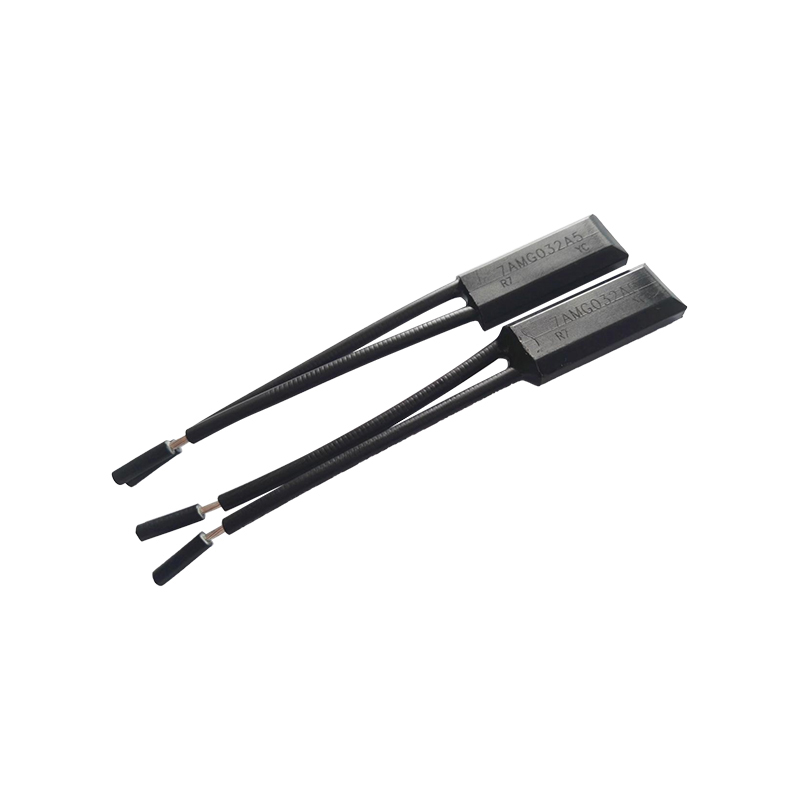
1. Excessive Electrical Current
One of the primary causes of motor overheating is the continuous flow of electrical current that exceeds the motor’s rated capacity. This situation, commonly referred to as "overloading," can cause the windings to heat up beyond safe operating temperatures. Over time, the insulation may degrade, leading to potential motor failure.
How Thermal Protectors Help:
Thermal protectors are designed to detect when the current exceeds safe limits and automatically interrupt power flow to the motor. By doing so, they prevent overheating, minimize the risk of insulation damage, and preserve the motor's integrity.
2. Insufficient Ventilation or Airflow
Motors require proper ventilation to dissipate the heat generated during operation. When motors are enclosed in cramped or poorly ventilated spaces, heat builds up quickly, causing the motor to overheat. This issue is particularly common in motors that are placed in tight enclosures or in environments where air circulation is restricted.
How Thermal Protectors Help:
While ventilation is a critical aspect of motor cooling, thermal protectors provide an additional layer of security. They monitor the temperature and, in the event of inadequate cooling, they can automatically shut down the motor before it reaches harmful temperatures, thereby protecting against permanent damage.
3. Environmental Factors
Motors operating in high ambient temperatures or under harsh environmental conditions are more susceptible to overheating. Dust, moisture, and chemical exposure can all affect the motor’s efficiency and cooling mechanisms. In such conditions, the motor is more likely to overheat, as it struggles to maintain optimal operating temperatures.
How Thermal Protectors Help:
Thermal protectors can be calibrated to respond to temperature fluctuations in the motor’s environment. Whether the motor is operating in a hot, dusty factory or an outdoor setting, thermal protectors offer crucial protection by monitoring internal temperatures and acting quickly to prevent overheating, even under extreme conditions.
4. Frequent Starts and Stops
Motors that are subjected to frequent start/stop cycles experience higher-than-normal thermal stress. Each time a motor starts, it draws a surge of current, which generates additional heat. Repeated cycling without adequate cooling can cause the motor to overheat, leading to premature wear and tear on both the motor and its components.
How Thermal Protectors Help:
Thermal protectors are equipped with the ability to track temperature increases during these cycles. They monitor the motor’s thermal profile and prevent it from running at dangerous temperatures by disconnecting power when necessary. This proactive approach mitigates the negative impact of frequent starts and stops.
5. Electrical Faults or Short Circuits
Electrical faults, such as short circuits or loose connections, are another significant contributor to motor overheating. These issues often result in abnormal electrical resistance, which generates excess heat. Without intervention, these conditions can lead to irreversible damage to the motor and its associated components.
How Thermal Protectors Help:
Motor thermal protectors not only protect against overheating caused by electrical faults, but they also act as a fail-safe against short circuits or other disruptions in the motor's electrical system. By detecting irregularities in electrical flow, thermal protectors help to isolate and neutralize potential risks before they escalate into full-blown failures.
6. Motor Age and Wear
As motors age, their components—such as bearings, windings, and insulation—begin to degrade, making them more susceptible to overheating. Older motors may have a diminished ability to dissipate heat efficiently, leading to an accumulation of excessive heat during operation.
How Thermal Protectors Help:
Even in aging equipment, thermal protectors provide an additional layer of defense. They help extend the lifespan of motors by monitoring and responding to temperature spikes, ensuring that even older models continue to function optimally without the risk of catastrophic failure due to overheating.
Motor overheating is a complex issue with several underlying causes. Whether due to overloading, environmental factors, frequent starts and stops, or electrical faults, the risk of motor failure is ever-present. However, the installation of motor thermal protectors can significantly reduce the likelihood of these problems by proactively monitoring temperature levels and preventing overheating before it becomes a serious issue. With the right protection in place, businesses can avoid costly repairs, extend the lifespan of their equipment, and ensure that their motors operate at peak performance.
 English
English